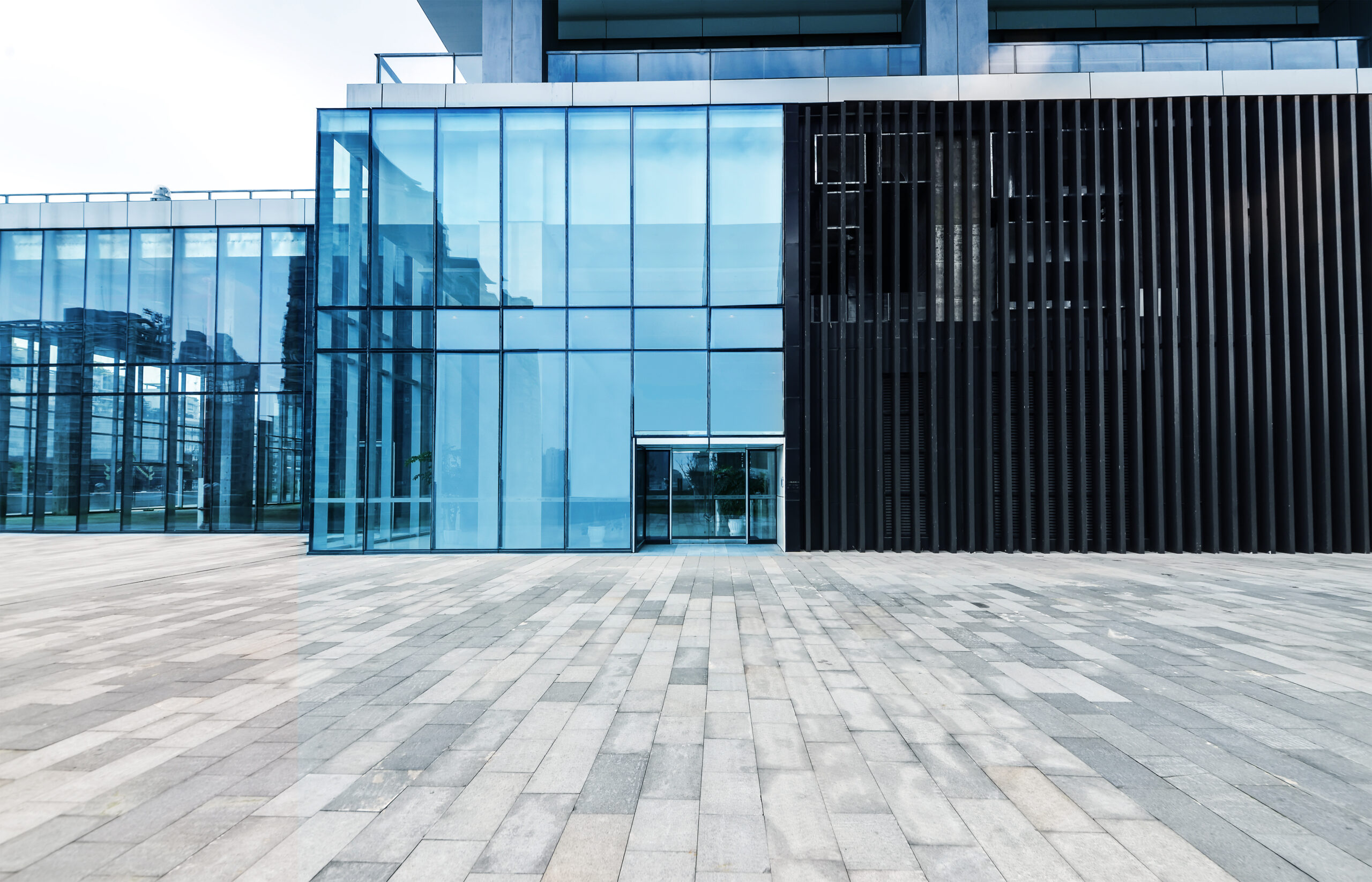Enhancing Your Space with Glazing Glass Walls A Comprehensive Guide

In the dynamic world of modern architecture, glazing glass walls, or glass curtain walls, have emerged as a prominent design element. Their popularity stems from their sleek aesthetic, ability to flood spaces with natural light, and the creation of an open, expansive atmosphere. Comprising two or more panes of glass separated by an air or gas-filled cavity, these walls offer superior insulation and noise reduction. In this comprehensive guide, we delve into the benefits, types, applications, and considerations of glass glazing walls, exploring how they can transform spaces into modern, inviting, and energy-efficient environments.
Benefits of Glazing Glass Walls
Enhanced Natural Light
- One of the primary advantages of glazing glass walls is their ability to allow abundant natural light into a space. This not only reduces the reliance on artificial lighting but also creates a brighter, more inviting atmosphere. The transparent nature of glass provides a seamless connection between indoor and outdoor environments, fostering a sense of openness and connectivity with nature.
Improved Insulation
- The air or gas-filled cavity between the panes of glass acts as an effective insulator, significantly reducing heat transfer. This enhancement in insulation contributes to improved energy efficiency, leading to lower energy bills and a more comfortable indoor environment. As a result, play a crucial role in sustainable architecture by promoting energy conservation.
Noise Reduction
- In bustling urban environments or areas with high ambient noise, act as an effective barrier against exterior sounds. This noise reduction feature is particularly advantageous in office spaces, residential areas near busy roads, or any setting where a peaceful indoor environment is desired. The result is a quieter and more conducive space for work, relaxation, or socializing.
Aesthetic Appeal
- Glass curtain walls add a touch of modernity and sophistication to any building. Their sleek and transparent design enhances the overall appearance and curb appeal of structures, making them a popular choice for contemporary architecture. Whether used in office buildings, residential homes, or retail spaces, glazing glass walls contribute to the visual appeal of the built environment.
Types of Glazing Glass Walls
Single-Glazed Walls
- Comprising a single pane of glass, these walls are suitable for interior applications where thermal insulation and noise reduction are not critical. Single glazed walls are commonly used in spaces where transparency is prioritized over enhanced insulation.
Double-Glazed Walls
- The most prevalent type of glazing glass wall, double glazed walls feature an air or gas-filled cavity between two panes. This design provides superior insulation and noise reduction compared to single-glazed walls, making them a versatile choice for various applications.
Triple-Glazed Walls
- For extreme climates or areas with high noise levels, triple-glazed walls offer the highest level of insulation and noise reduction. While they may come at a higher cost, their benefits in terms of energy efficiency and comfort make them a prudent choice in specific environmental conditions.
Applications of Glazing Glass Walls
Office Buildings
- Glazing glass walls are extensively used in office buildings to create open, collaborative workspaces that maximize natural light penetration. The transparent and airy environment contributes to a positive and productive work atmosphere.
Residential Buildings
- The incorporation of residential designs is on the rise. These walls enhance natural light, provide expansive views, and create a sense of spaciousness, contributing to a more comfortable and visually appealing home environment.
Retail Spaces
- In retail environments, glazing glass walls are employed to create inviting and visually appealing spaces that showcase merchandise and attract customers. The transparency of the walls allows for effective product display while maintaining a modern aesthetic.
Interior Partitions
- Glass curtain walls are also used to divide interior spaces without sacrificing the sense of openness and natural light flow. This application is common in commercial settings where delineating spaces is necessary without creating a closed-off feel.
Exterior Facades
- As a popular choice for exterior facades, glazing glass walls contribute to the modern aesthetic of a building. The transparency and sleek design enhance the overall appearance, making them a sought-after option in contemporary architecture.
Considerations When Choosing Glazing Glass Walls
Climate
- The climate of the region plays a crucial role in determining the type of glazing glass wall required. Colder climates may necessitate triple-glazed walls for optimal insulation, while milder climates might find double-glazed walls sufficient.
Noise Level
- The ambient noise in the area is a key consideration when choosing glazing glass walls. In noisy environments, such as urban settings, triple-glazed walls may be essential to provide adequate noise reduction and ensure a peaceful indoor environment.
Aesthetics
- The desired architectural style and overall aesthetic of the building should influence the selection of glazing glass walls. Different types of offer distinct visual characteristics, and choosing one that complements the building’s design is essential for achieving a cohesive look.
Budget
- The cost of glazing glass walls can vary based on factors such as the type of glass, frame material, and installation complexity. It’s crucial to align the choice with the budget constraints of the project while ensuring that the selected option meets the desired performance criteria.
Conclusion
Present a versatile and aesthetically pleasing solution for enhancing natural light, improving insulation, and reducing noise in various applications. By carefully considering factors such as climate, noise levels, aesthetics, and budget, these walls can transform any space into a modern, inviting, and energy-efficient haven. As the architectural landscape continues to evolve, remains at the forefront of innovative design, offering a harmonious blend of functionality and aesthetics in contemporary buildings.





